Perennials That Look Like Zinnias: 11 Flower Blooms that You Would Also Love Like Zinnias
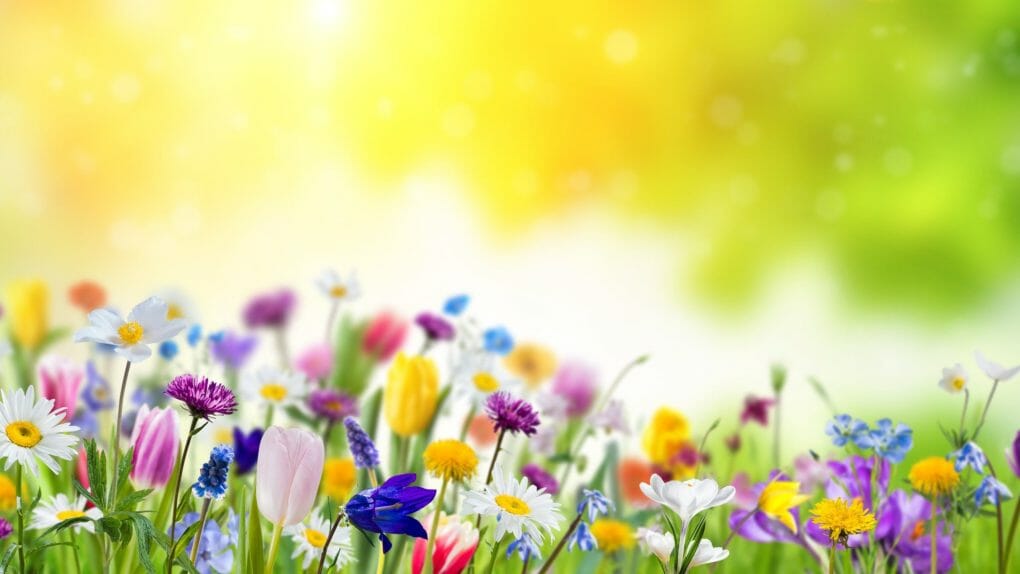
Spring is finally here, so it’s time to start planting! If you’re looking for a colorful addition to your garden, consider planting some perennials. Perennials are plants that will grow for several years and won’t require much maintenance. In this article, we’ll introduce you to some of the best perennials that look like zinnias. These plants will surely add a splash of color to your garden, from aster to marigold!
Table of Contents
Aster
Aster looks a lot like zinnia, and that’s not an accident. Both plants are classified in the daisy family (Asteraceae). They share many of the same features, including small flowers with four petals, yellow or white ray florets, and a single central disc flower. However, while zinnias typically have hanging drops of pollen on their stamen filaments, aster lack any such feature.
Aster flowers can grow to be 3 to 4 feet (1 m) tall or, in the case of the Alpine type, they can be small and round. There are at least 600 different kinds of aster. In the natural garden, asters look great with coneflowers and goldenrod. Asters can be cared for by staking or pruning the taller ones to make them bushier and more compact.
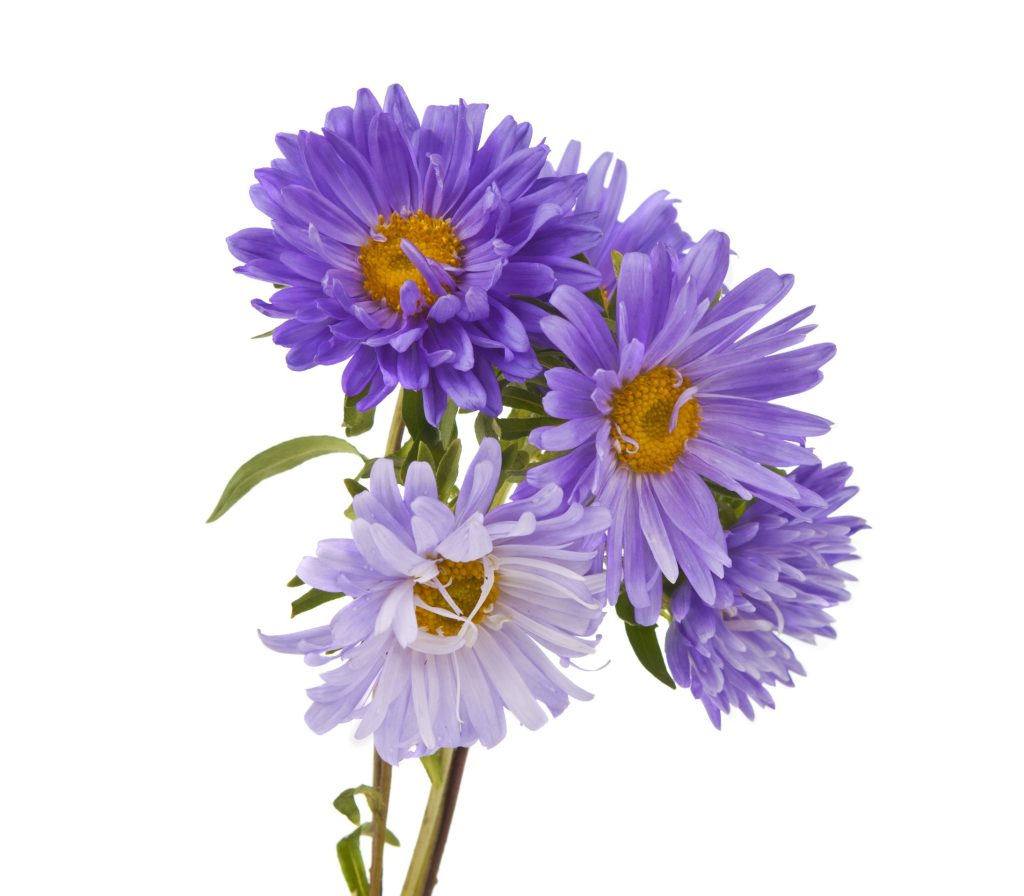
It adds color to the fall landscape, and caring for them doesn’t take much time. Asters that grow usually bloom in late summer or fall, but the Alpine aster blooms in the spring. Asters are easy to grow, and the star-shaped flowers look great when they bloom in the garden.
There are several hundred different kinds of asters, and they can grow in most conditions except for full shade. This plant does best in moist, well-drained soil. If the soil is too wet, the plant will rot. Some asters require nutrient-rich soil. Others need soil that doesn’t have much organic matter in it. Most asters should be grown in full sun, especially in shady or windy places, to keep them from flopping. Woodland plants can grow in the shade, but they need morning sun to make the most beautiful flowers.
Black-Eyed Susan
Black-eyed Susans look like zinnias, maybe because of their elongated petals. The hardiness zones in which black-eyed Susans now thrive are from 3 to 9. Black-eyed Susans are members of the Rudbeckia genus, even though some species are known by other names, like daisies.
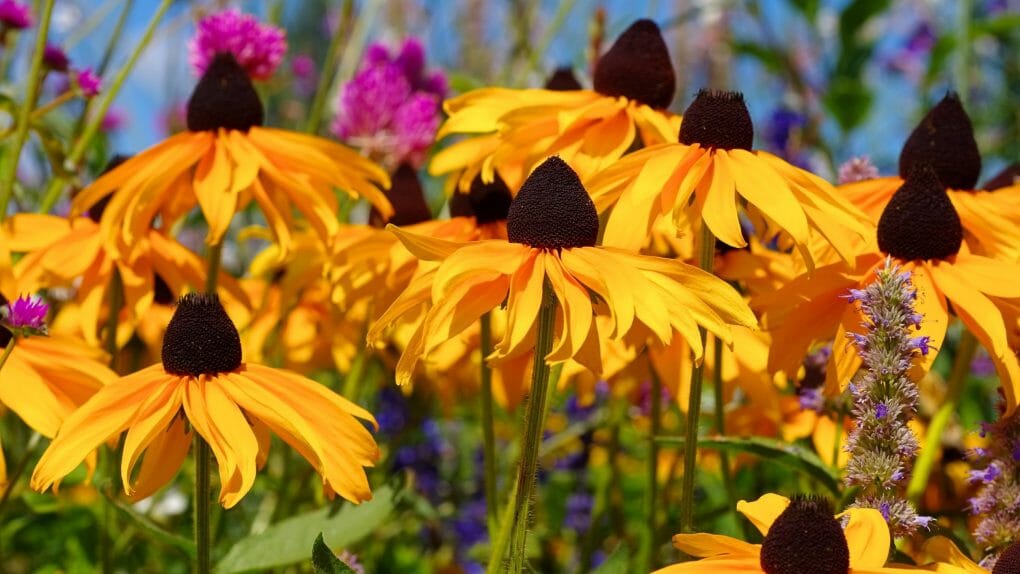
The black eye daisy gets its name from the dark, brownish-purple centers of its daisy-like flower heads. The maximum height for these plants is three feet; their leaves can be six inches long, their stalks eight, and their blossoms two to three inches across. They thrive in both borders and containers and make excellent cut flowers.
There is nectar in the flowers, which attracts pollinators like butterflies and bees. They spread pollen from one flower to another as they feed on nectar, resulting in wind-dispersible seeds in both plants. Remember that they can be very possessive of their space, often smothering neighboring flowers.
Chrysanthemums
Chrysanthemums and zinnia are also both in the Daisy family. Since they belong to Asteraceae, they’re the same features. Chrysanthemums come in many colors, but they all have the common feature of having clusters of large, showy flowers. They generally prefer full sun or partial shade for best results; some can do well in low light levels. They grow quickly in most soils except clay or heavy loam; water them sparingly during dry spells and let them dry out between waterings. Most chrysanths need to be fertilized only once a
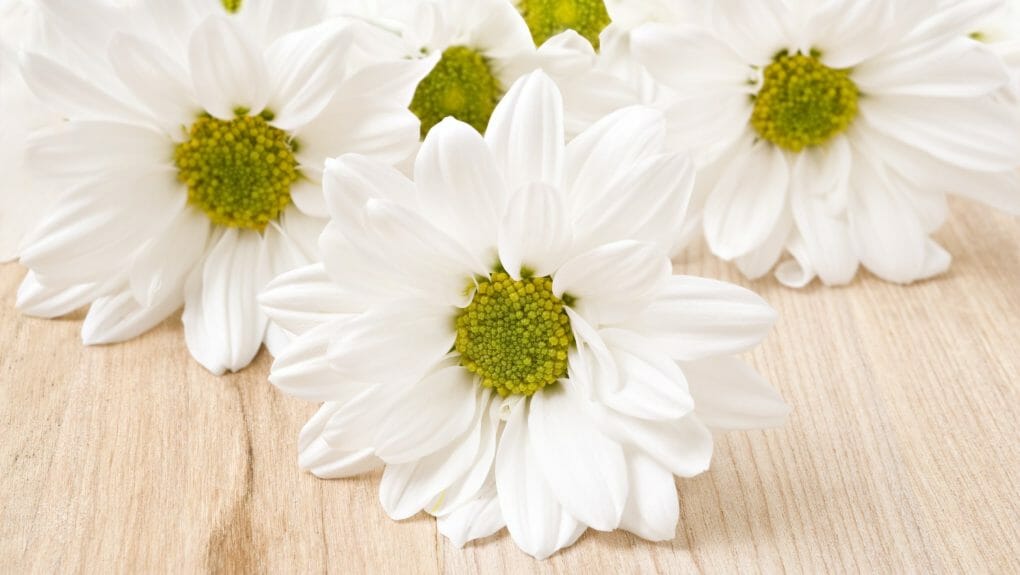
Coneflowers
Coneflower is another plant that looks like zinnia. Unlike zinnias, coneflowers have tall stems and colorful flower heads of individual florets. They usually grow in broad clumps but can be planted as single specimens or used to supplement an existing border. The most well-known color of coneflower is purple, but there are also white, red, orange, pink, yellow, and green varieties. Coneflowers are hardy down to zone 3 and prefer full sun or part shade. Water them sparingly during dry spells and let them dry out between waterings. Should they become root-bound, remove some of the surrounding soil before attempting to free the roots by gently breaking them off.
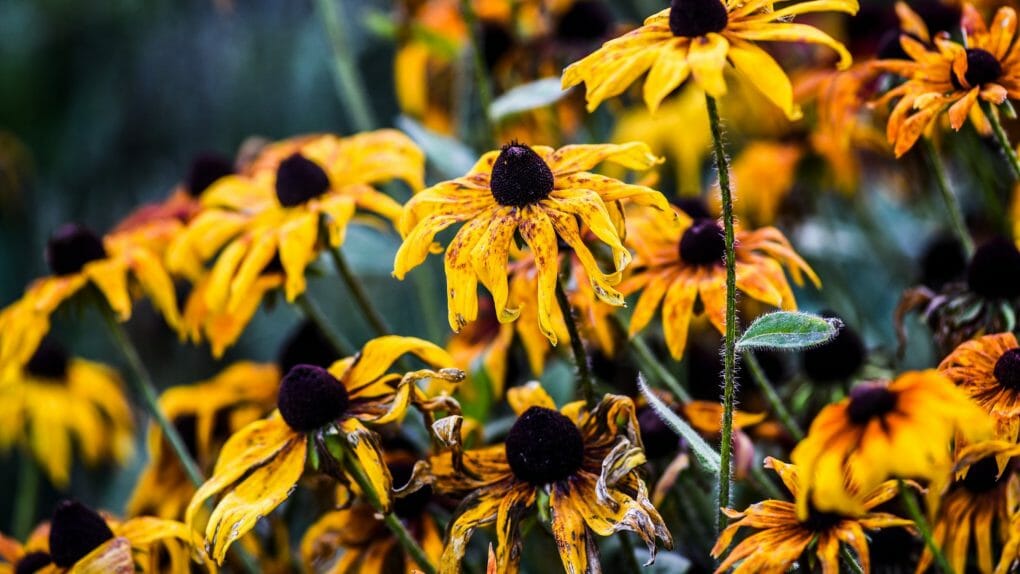
Coreopsis
Coreopsis is a popular annual flower found throughout much of North America. It is known for its bright yellow petals and long stalks, which make it an attractive addition to any garden or lawn.
It’s an excellent choice if you need a long-blooming, low-maintenance, drought-tolerant flower to fill a bed or line a border. It’s possible to find a coreopsis variety that works with any landscaping scheme, as there are more than 80 to choose from.
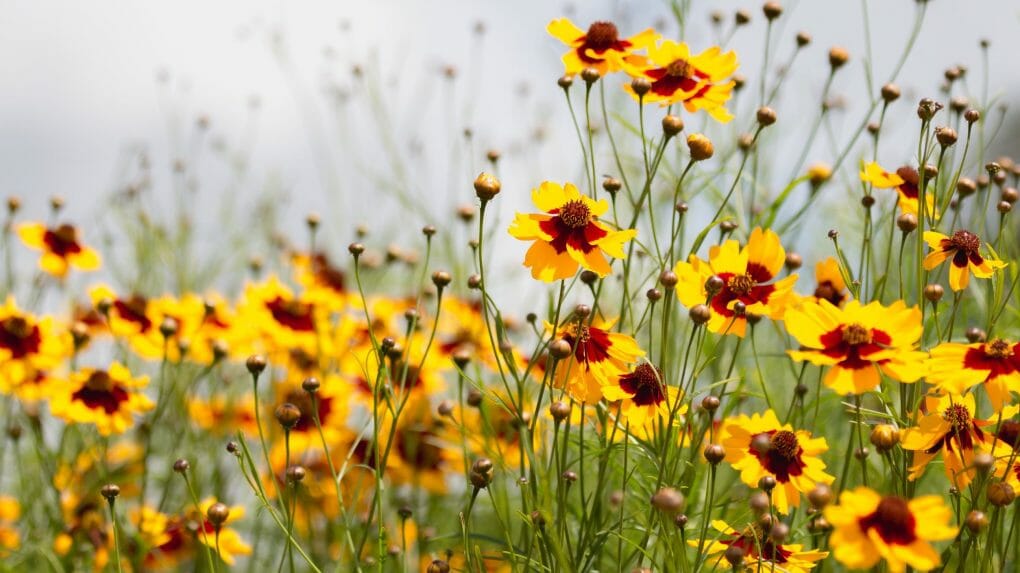
With a slow to moderate growth rate, coreopsis plants are best planted in the spring after the last chance of frost has passed. Both annual and perennial varieties will begin flowering in the early summer, with annuals continuing to bloom intermittently through the fall and perennials starting to flower in the third year after planting.
Cosmos
Cosmos indeed look a little bit like zinnia, but that’s only because both plants are in the same family – Asteraceae. Cosmos are a type of sunflower, and while they may share some similarities with zinnias, there are also substantial differences. For one thing, Cosmos have larger petals and flowers than zinnias do. Additionally, their seeds tend to be slightly curved or contoured rather than flat, like those found on most zinnias.
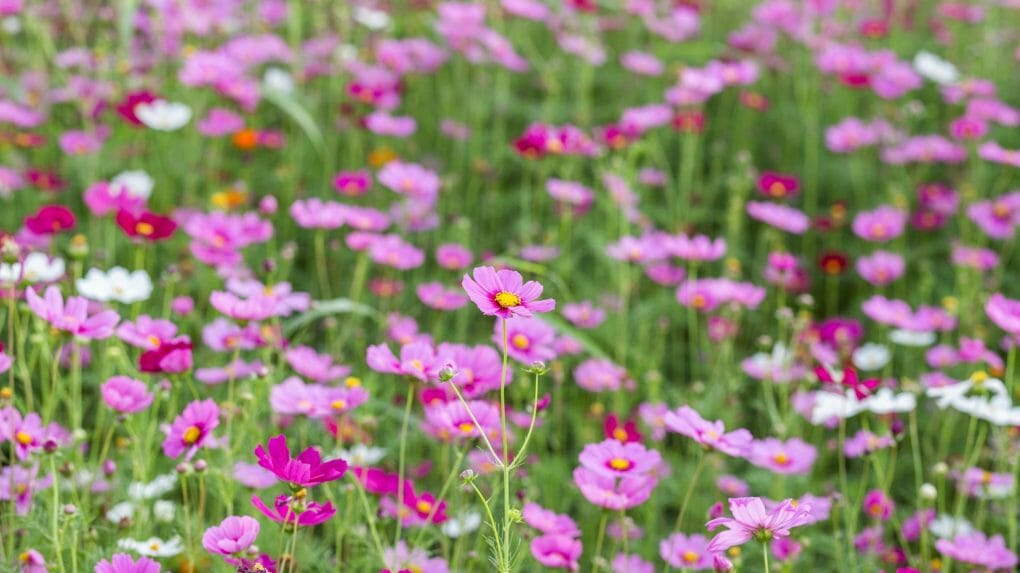
Plants such as the cosmos are suitable for both the back of a sloping garden and the center of an island garden. Plants of a taller stature may need staking if they are not situated in a wind-sheltered area. By planting cosmos flowers, you can use the specimen in various ways, including as a cut flower for an indoor display or as a backdrop for another plant. Cosmos can also be planted as screens to obscure eyesores.
Dahlias
This is a difficult question, as Dahlias and zinnias are two different types of flowers. While they may look similar at first glance, many differences between them should be noted if you attempt to judge which flower looks better. For example, Dahlia flowers tend to have larger petals and a more abundant bloom than zinnia flowers. Additionally, dahlias typically grow taller than zinnias do, and their colors can range from white to shades of pink, purple, or brown.
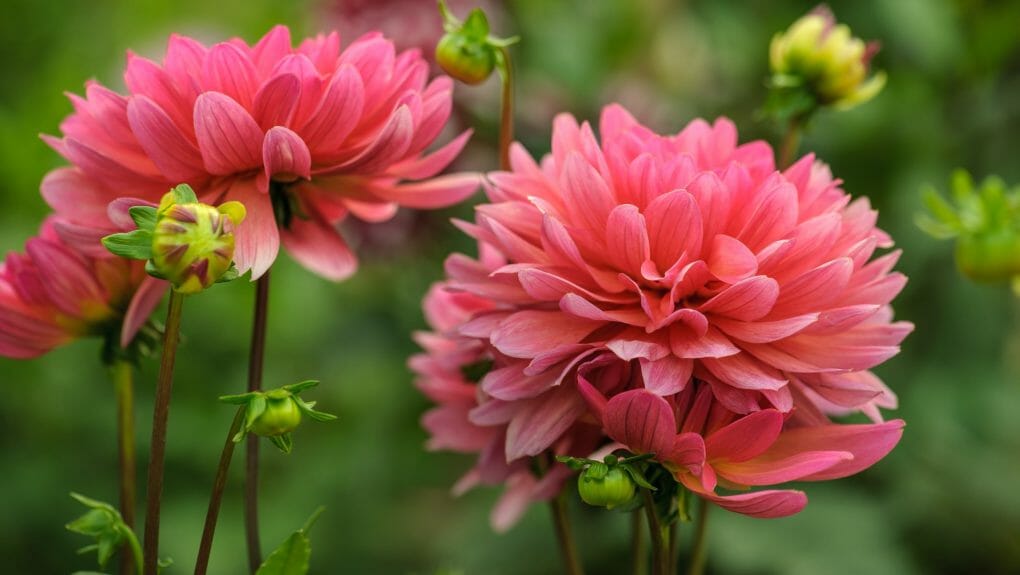
Gaillardia
Gaillardia is a Species of Zinnia that shares some common characteristics with the popular flower zinnias. This includes its characteristic daisy-like flowers, deep magenta coloration, and striking sepals and petals. Gaillardia also has narrower leaves than most other zinnias, making it more compact when grown in gardens or landscape displays.
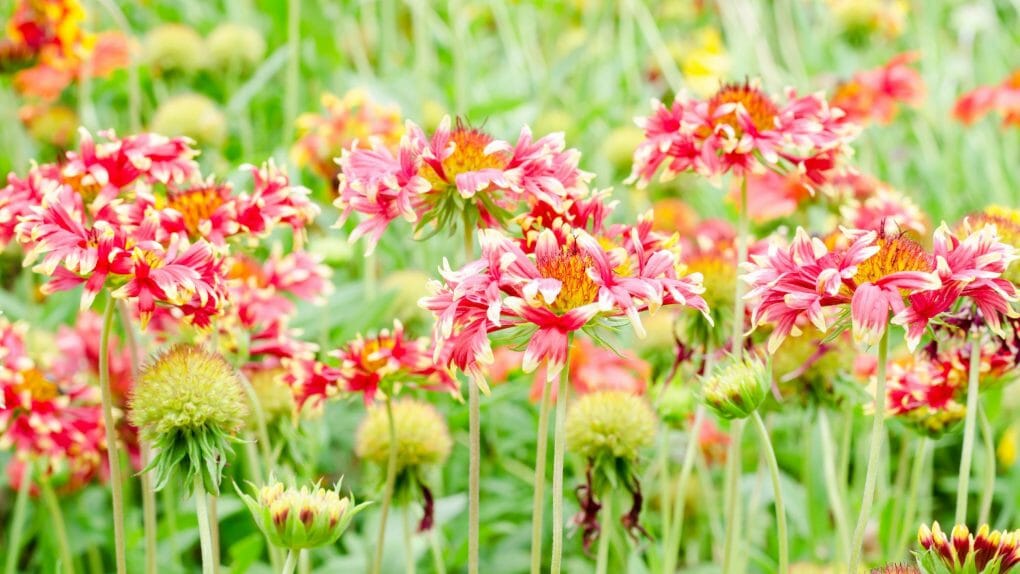
Gazania
The large composite flowers of the gazania, a warm-season perennial, are bright yellow and orange. This low-maintenance flower is great for bringing color to areas that are difficult to landscape due to its wide range of available hues. This plant produces a lot of flowers, which draws in a lot of butterflies.
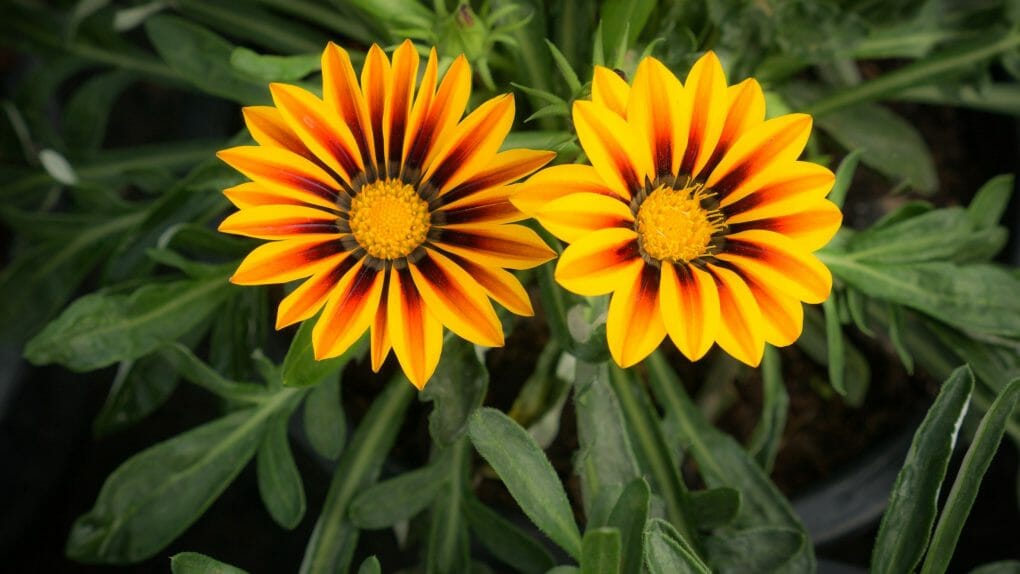
Gerbera Daisy
These daisies have large flower heads with ray-shaped petals surrounding a disk of tiny green or black flowers. Gerbera daisies can be broken down into four distinct types: single flowers, semi-double flowers, double flowers, and spider flowers. The petals’ number, placement, and shape are clearly defined for each group. The plant has leaves that are lobed, pinnate, and usually toothed.
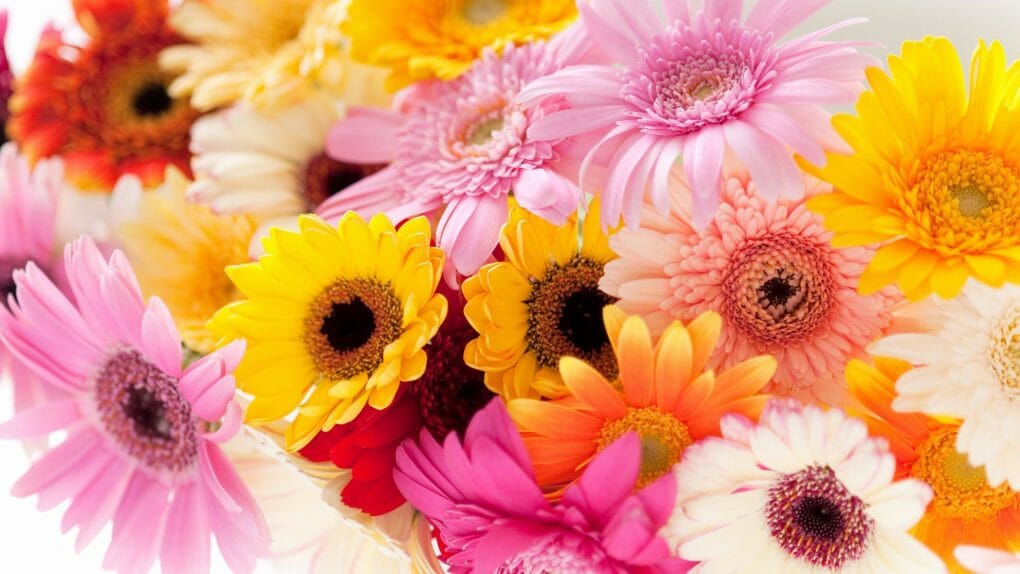
Marigold
Marigolds and zinnias are annual flowering plants, but there are some key differences that you should be aware of if you’re thinking of planting them in your garden. Marigolds typically have larger flowers than zinnias, making them more attractive to birds or pollinators. Additionally, marigold petals are darker in color, while zinnia flowers usually have a lighter hue.
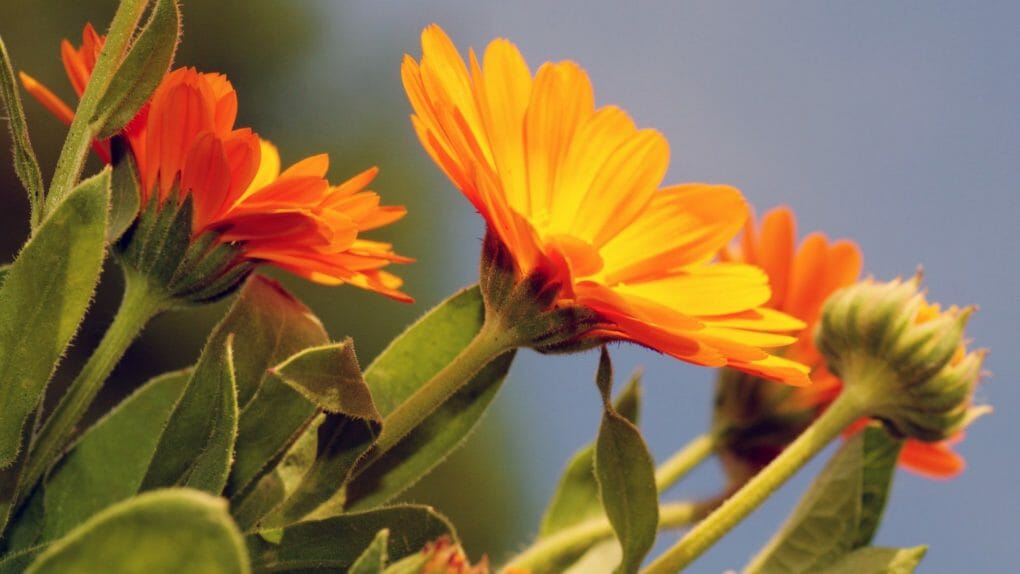
Zinnias grow faster than marigolds and can reach 3-4 feet tall by flowering season, whereas marigold plants may only reach 1 foot tall. Finally, although they yield beautiful blue/purple flowers during the summer, marigolds are known for their strong odor, while zinnias do not produce any scent.
